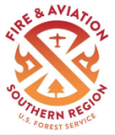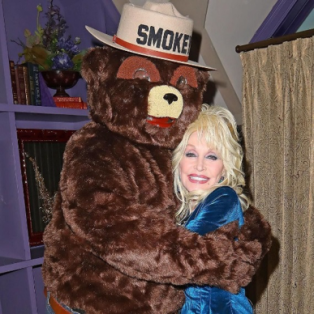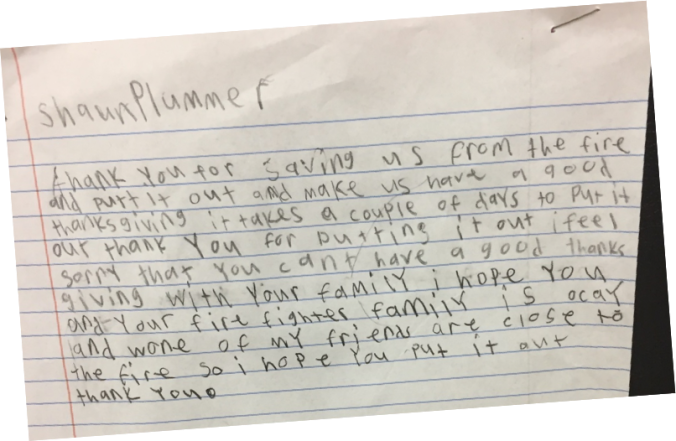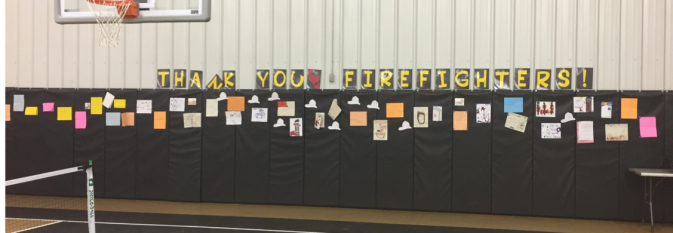Although volunteers and individual acts of kindness provide wonderful support, if a mechanism is not in place to deliver this support, it can create a unique kind of challenge.

By the 2016 Fire Safety and Learning Teams, U.S. Forest Service Southern Region
[Note: As part of the historic 2016 fall fire season in the Southeastern United States, the U.S. Forest Service deployed teams throughout the Region to capture learning opportunities.]
During the 2016 fires in the Southeast, communities rallied together to support emergency responders. These emergency responders reported an outpouring of community support unlike anything they’d ever seen.
One Incident Commander said that you had to be careful to avoid being overheard saying something like “my hands are cold” because the next day you would walk out and find 200 pairs of gloves out by your truck.
Restaurants in Pigeon Forge, Tennessee organized breakfast donations for every morning briefing. Crews reported having a hard time refusing cash donations from members of the public. Some of these people had lost their homes, yet they were concerned for the health and safety of the firefighters in the area.
In addition to such individual acts of kindness, volunteer organizations also worked tirelessly to support emergency responders during the severe 2016 Southeast fire season.  Local as well as national celebrities also gave their time to encourage this type of giving.
Local as well as national celebrities also gave their time to encourage this type of giving.
Dolly Parton set a positive tone by releasing a PSA filmed with Smokey Bear about wildfire prevention and local giving.
These examples of giving truly support the notion that Southern hospitality is more than a colloquialism.
Helping to Make Giving as Effective as Possible
Although volunteers and individual acts of kindness provide wonderful support, if a mechanism is not in place to deliver this support, it can create a unique kind of challenge.
During these types of “disaster” events, people need an outlet for their thankfulness in order for their giving to be as effective as possible. At one morning briefing, hundreds of sausage biscuits were donated. They were delicious and everyone left with an extra biscuit for their pocket—but many were not consumed.
While gifts may be more difficult to manage, voicing thankfulness, like the letter below, is always warmly appreciated.

Three Suggestions for Managing Kindness on Incidents:
- Create a volunteer “welcome center” to streamline the efforts of volunteers.
- Discuss the phenomenon of “aggressive giving” during a morning briefing so that people can be aware and discuss strategies that might be useful, particularly within the affected area.
- Finally, because most state and federal employees are not allowed to accept financial contributions, we must also be thoughtful about preparing our employees with strategies to re-direct this public giving to the appropriate outlets. Creating a pocket card or handout for Division Supervisors that lists locations for donations at the local level, and contact information for the Wildland Firefighter Foundation or other national organizations are examples of these outlets.

Also on federal Incidents, IMT’s cannot accept home made food items for Fire camps due to the inability t know what’s in them or if they have been stored properly. I have seen food items have to get thrown out that were meant for Firefighters when the public doesn’t realize we have catered meals at ICP’s…What’s needed is a good way of letting the public know its appreciated but not allowed, and to give the home made foods to a VFD or other local group that maybe CAN accept them…
LikeLike